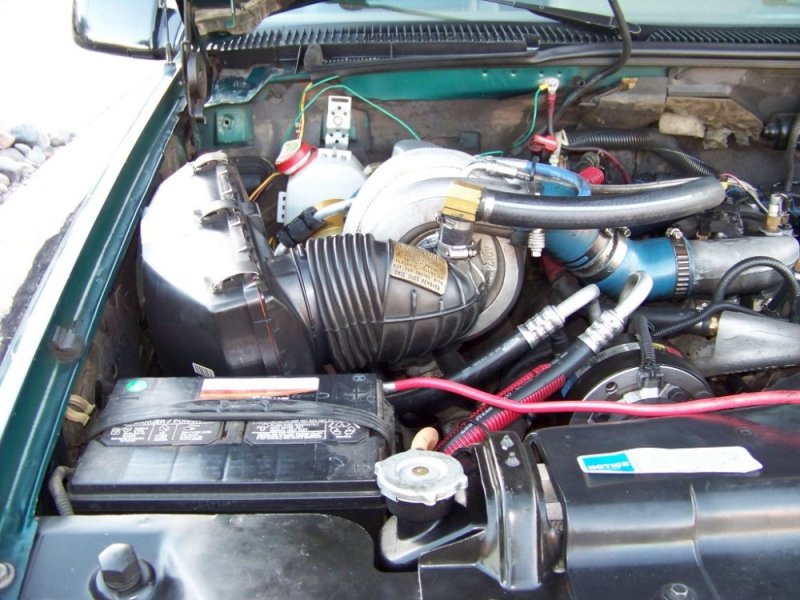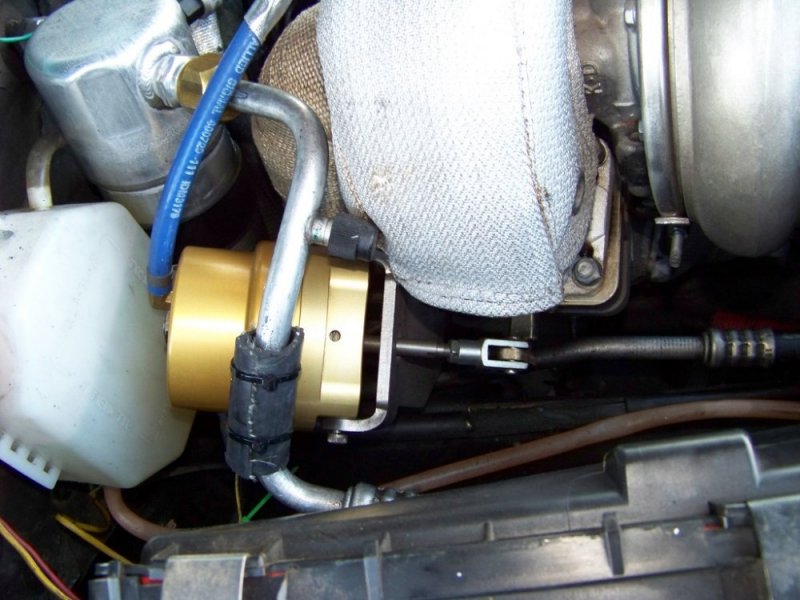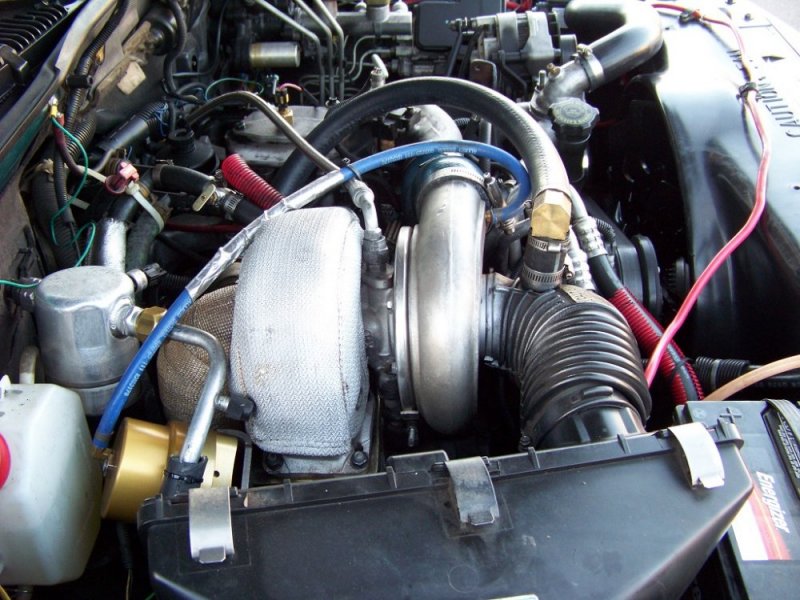So, no numbers on back/drive pressure @ cruise OK. I see lots of info that the QSV is great for racing however little or no feedback on a daily driver and was hoping for some input by those who have done it and had info in back/drive pressures @ cruise.
Don't focus on "just a number". If you did you could say a $800.00 part cost you power biased on 6.5L's before and after dyno runs where the QSV had lower numbers. Yet having boost at a lower RPM allows the truck to be quicker on the track IMO. (But no track runs were done.)
The QSV we used on the Burb was a daily driver more than anything. 6.5L engines are not about racing. However we took a proven part from racing and improved on the antique technology of a undersized WG turbo and make it close to a modern variable turbo.
If you are going down the road you can get over 2 PSI of boost from the ATT lower than 2000 RPM. From a dig the ATT is coming to life at 2000 RPM with 2PSI of boost. The ATT with a QSV hits 10 PSI from a dig at 2000 RPM. (Dig is full stop stomp it.) The HX40II I ran also didn't wake up until 2000 RPM and would fall off at the top end using 24 PSI of boost to get the same numbers as ~15 PSI of ATT boost. The HX40II did act a little peppier in the lower RPM's coming on sooner than the ATT as you would expect with a smaller turbo.
The QSV on the suburban resulted in better MPG because it would burn all the fuel thrown at the engine sooner. The cruise MPG on 75MPH+ freeway improved despite the added backpressure.
I encourage anyone else that used a QSV to try computer control. However IMO it isn't worth the "What could go wrong" complexity as it works just fine as is. Sure there is always better, but, not very low hanging fruit here.
Further notes on the QSV related to Dennis's tunes. As you know retarding the timing will shoot up EGT's and spool a turbo faster. Dennis is using this in his tunes. This 'spool an ATT timing retard tune area' showed up as a flat spot to me with the QSV as the turbo was already lit off.



